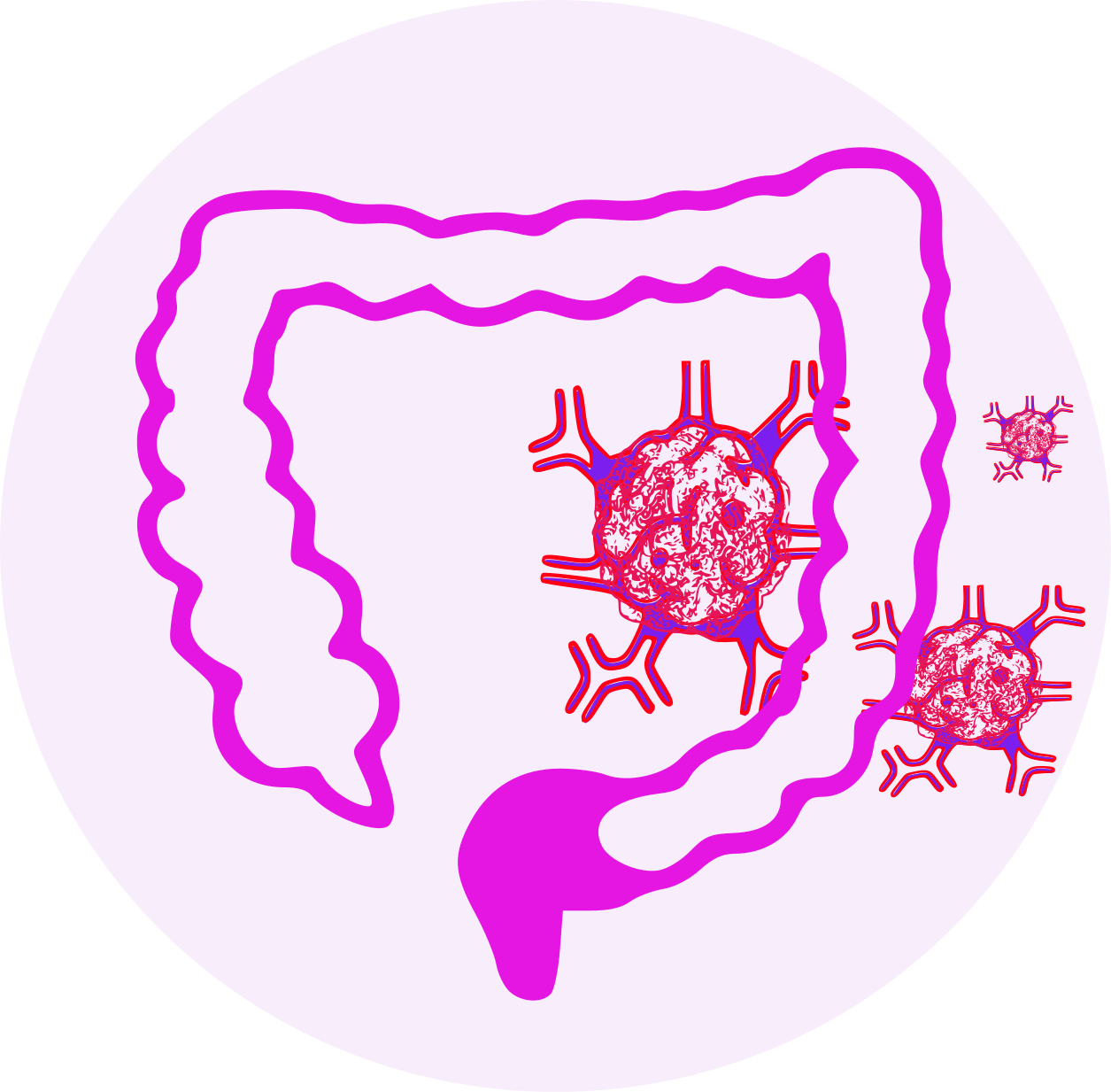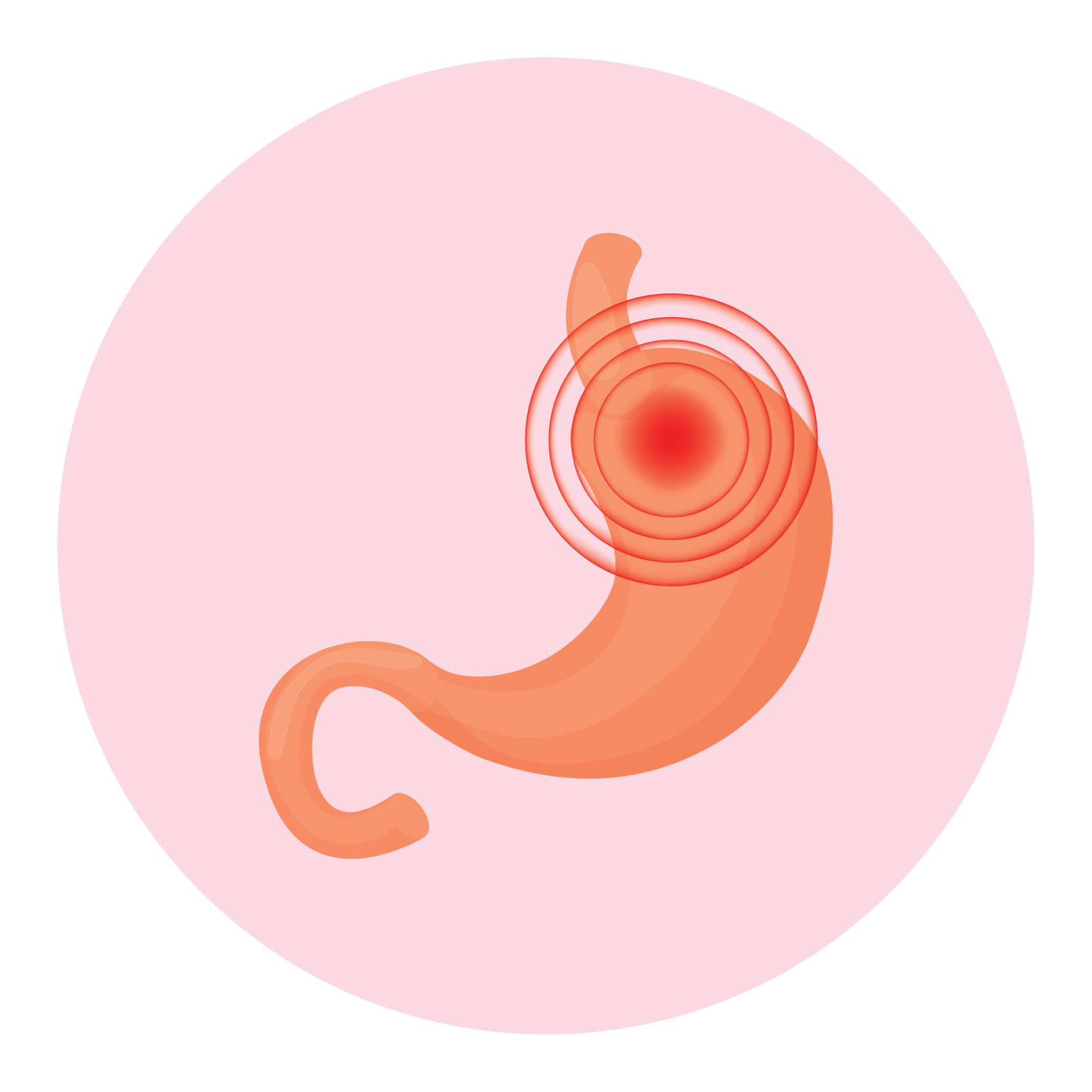| Name | Folinic Acid |
| Classes |
Nutritional Supplement Vitamin |
| Diseases |
Folic Acid Toxicity Methotrexate Toxicity Toxicity |
Folinic Acid
Folinic Acid is classified as a vitamin and belongs to the B-complex group. Chemically, it is a derivative of tetrahydrofolic acid. Folinic Acid serves as a precursor of other biologically active derivatives of folic acid, such as thymidine and purine nucleotides, which are essential for DNA synthesis. Unlike folic acid, Folinic Acid does not require dihydrofolate reductase for its conversion to the active form, making it a more direct and readily available source of folate.
Folinic acid, a folate analog, is prescribed for the following purposes:
- Rescuing adult and pediatric patients with osteosarcoma after high-dose methotrexate therapy.
- Reducing toxicity linked to overdoses of folic acid antagonists or impaired methotrexate elimination in both adult and pediatric patients.
- Managing metastatic colorectal cancer in combination with fluorouracil in adults.
For intravenous administration only. Do not administer intrathecally.
Rescue After High-Dose Methotrexate Therapy:
- Rescue recommendations are based on methotrexate dose of 12 grams/m2 administered by intravenous infusion over 4 hours. Initiate rescue at a dose of 7.5 mg (approximately 5 mg/m2) every 6 hours, 24 hours after the beginning of methotrexate infusion.
- Continue until the methotrexate level is below 5 x 10-8 M (0.05 micromolar). Adjust dose if necessary based on methotrexate elimination; refer to Full Prescribing Information.
Overdosage of Folic Acid Antagonists or Impaired Methotrexate Elimination:
- Start as soon as possible after methotrexate overdosage or within 24 hours of delayed methotrexate elimination.
- Administer Folinic acid 7.5 mg (approximately 5 mg/m2) intravenously every 6 hours until methotrexate level is less than 5 x 10-8 M (0.05 micromolar).
Metastatic Colorectal Cancer in Combination with Fluorouracil:
The following regimens have been used for the treatment of colorectal cancer:
- Folinic acid 100 mg/m2 by intravenous injection over a minimum of 3 minutes, followed by fluorouracil 370 mg/m2 once daily for 5 consecutive days.
- Folinic acid 10 mg/m2 by intravenous injection followed by fluorouracil 425 mg/m2 once daily for 5 consecutive days.
- The above five-day courses may be repeated every 4 weeks for 2 courses, then every 4 to 5 weeks, if the patient has recovered from toxicity from the prior course.
- Do not adjust Folinic acid dosage for toxicity.
- The most common adverse reactions (≥20%) in patients receiving high-dose methotrexate therapy with Folinic acid rescue are stomatitis and vomiting.
- The most common adverse reactions (>50%) in patients receiving Folinic acid in combination with fluorouracil for metastatic colorectal cancer are stomatitis, diarrhea, and nausea
- Hypercalcemia: Administer levoleucovorin solution intravenously at a rate not exceeding 16 mL (160 mg) per minute due to its calcium content.
- Increased Gastrointestinal Toxicities with Fluorouracil: Refrain from initiating or continuing folinic acid and fluorouracil therapy in patients displaying symptoms of gastrointestinal toxicity until the symptoms have completely resolved. Monitor patients experiencing diarrhea until its resolution, as there is a risk of rapid deterioration leading to fatal outcomes.
- Drug Interaction with Trimethoprim-Sulfamethoxazole: Concurrent use of D, L-leucovorin with trimethoprim-sulfamethoxazole for Pneumocystis jiroveci pneumonia in HIV patients may result in elevated rates of treatment failure and morbidity. Exercise caution when considering this combination.
Contraindication
Patients who have had severe hypersensitivity reactions to leucovorin products, folic acid or folinic acid.
None known.
None known.
 Bangla
Bangla English
English




